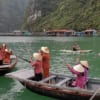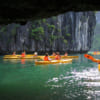Halong Bay – More Than Just A Natural Wonder
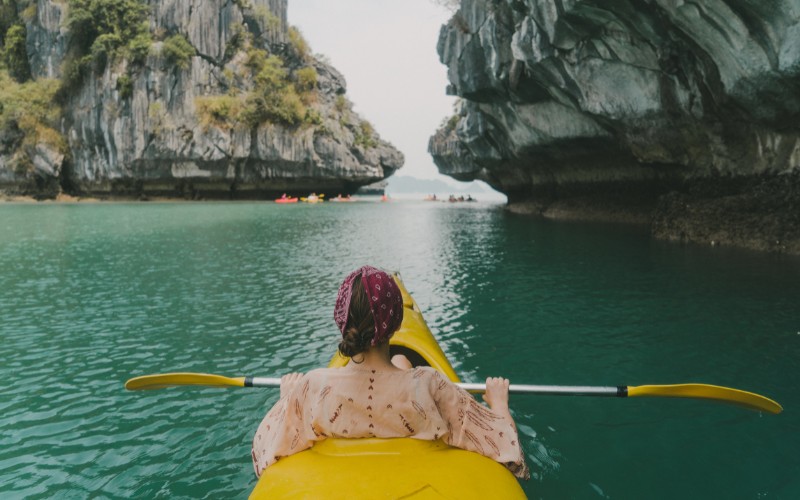
HALONG BAY - MORE THAN JUST A NATURAL WONDER
Although Halong Bay has gained a huge reputation for its spectacular seascapes of marvelous limestone peaks, majestic karst caves, sun-kissed beaches, and emerald waters, it seems that this fame has made people forget to pay attention to other values of this land. You might not hear much about other aspects of the bay, but aside from the significant geological values, Halong Bay also possesses a long-rooted history and culture. Let’s take Halong Bay Tours to follow the traces of different cultures in Halong in different periods of time.
1. SOI NHU CULTURE: THE FIRST CULTURE DISCOVERED
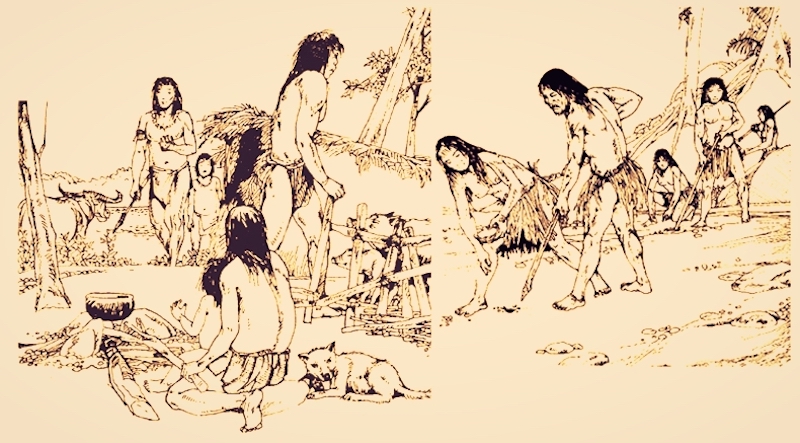
Timeline of Vietnamese History
Soi Nhu Culture is the furthest culture in Halong that dates back to between 18,000 and 7,000 years ago. It distributed mainly in the limestone islands and islets of Halong Bay and Bai Tu Long Bay, inside the karst of the coastal area. The typical relics for this culture that still remains today are Me Cung Cave, Thien Long Cave, and Tien Ong Cave. The inhabitants of Soi Nhu Culture mainly lived on collecting oysters, snails, and picking fruits. Nowadays, you can see the accumulation of this cultural layer via the fossils of Cyclophorus, Melania, and some other freshwater mollusks inside these caves.
Compared to the cultural systems of Hoa Binh – Bac Son, which is also of the same period, the culture of Soi Nhu people had a richer cultural model because there had been an adaptation to the marine system.
2. CAI BEO CULTURE: ADVANCING THE CULTURE
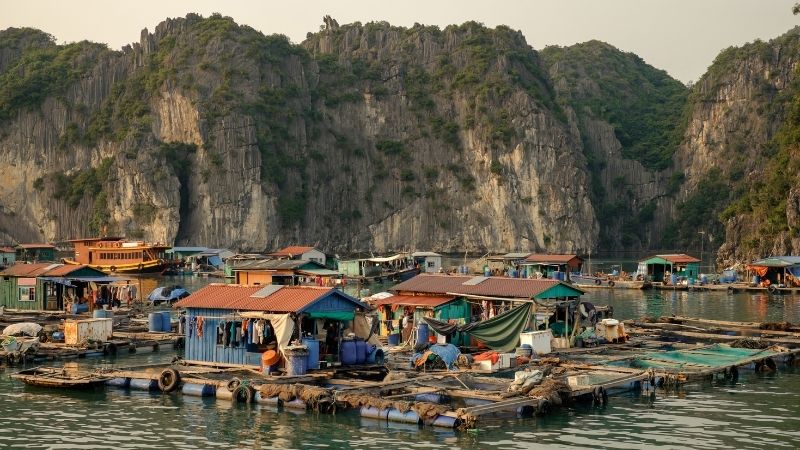
Cai Beo Fishing Village Cat Ba Island
Having taken place from 7,000 to 5,000 years ago, Cai Beo Culture is the connection of the earlier Soi Nhu Culture and the later Ha Long Culture. It’s the rich ancient culture that travelers should never miss exploring during your Halong Bay Tours.
The traces of this culture are mainly distributed in the closed Bay leaning back to the limestone towers, with Cai Beo, Ha Giat, and Giap Khau as the outstanding names. Cai Beo inhabitants depended on exploiting aquatic creatures such as crabs, fish, and mollusks, hunting animals, and gathering fruits for their livelihood. The vestiges of Cai Beo Culture are the evidence showing that the ancient Viet people knew to come exploiting the sea.
3. HALONG CULTURE
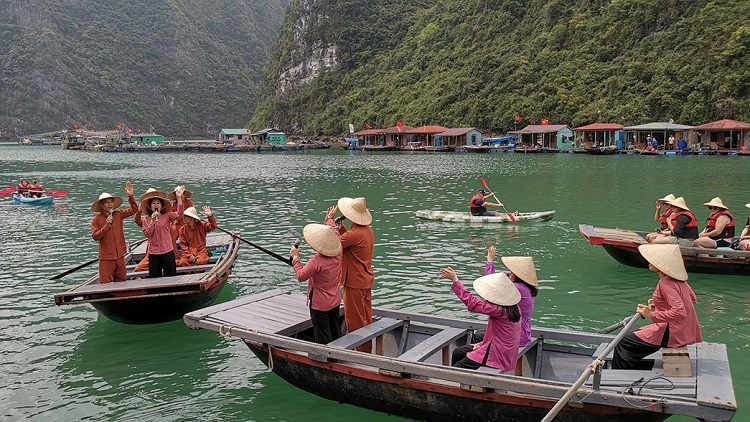
The Halong Bay of today
Dating back to 3,500 to 4,500 years ago, Halong Culture is the important period that demonstrates the huge evolution of ancient Viet people. It consists of 02 stages:
Early Stage
The early stage of Halong culture is the direct result of the Mid-Holocene iceberg-generated tsunami, which was about 6,000 to 5,000 years ago. This sea-level change had blown away the habitat of Cai Beo cultural inhabitants, retailing in their move to the higher land at the Northeast. Here they formed the early stage of Halong culture. The locals lived on hunting, gathering, cultivating fiber plants and fruits, fostering marine exploitation, forming and developing pottery-making career, and making tools from stone.
Late Stage
In contrast, the Late Stage is the consequence of the lowering sea level after the Mid-Holocene. When the water started to gradually withdraw, the residents had a reverse migration to their old habitats. The residence in this stage was quite abundant, including caves, coastal mountains, sand dunes, and ancient plains. The typical traces to take a look in Halong Tours are at Bai Tu Long Cave, Soi Nhu Cave, and Ngoc Vung. Besides being tied closely to the sea, the residents developed quite perfect pottery-making and stone-carving techniques. This stage is one of the most significant preconditions to the development of the ancient Vietnamese civilization.
4. HALONG IN THE CAUSE OF NATIONAL CONSTRUCTION AND DEFENSE
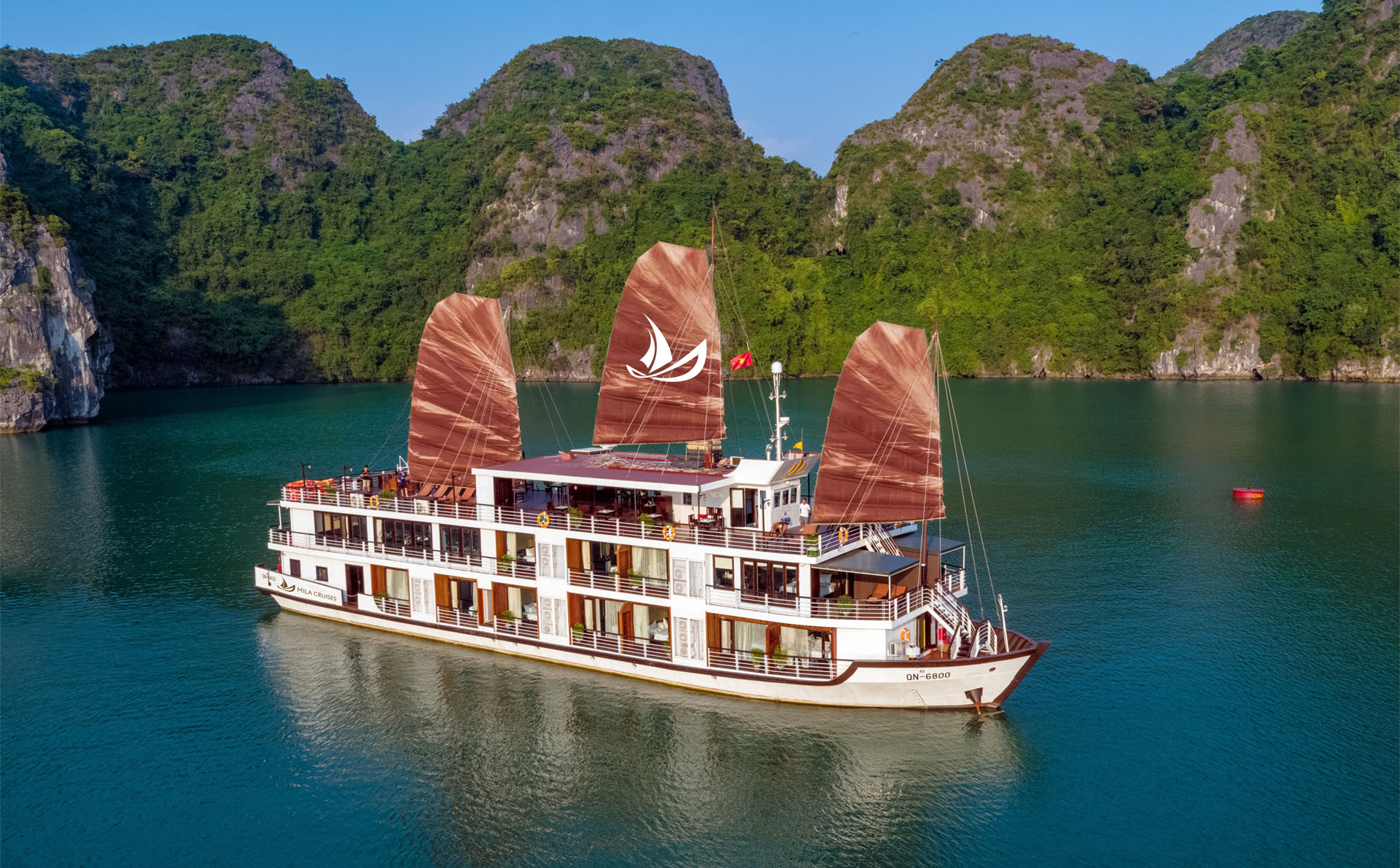
Milalux Cruises explore Halong Bay
If you are history buffs and eager to learn more about Vietnamese history, it is a must to learn about the role of Halong Bay in advance before processing Halong Tours Booking.
Halong Bay marks the heroic exploits if the nation between the 10th and the 20th century, namely the win over Southern Han army of King Ngo Quyen in 938, the defeat of Le’s army over Tong troop in 981, the successive defeat of Tran Hung Dao army against Nguyen Mong invaders in 1288, and the two wars against the French and American colonialists in the 20th century. With its prime location, Halong has contributed largely to the cause of protecting the nation’s liberty and peace.
Despite rarely being mentioned in Halong Tours Reviews, the history and culture of this land are really worth exploring. Don’t forget to take a look at the historical traces during your visit to this wonder, or your Halong Bay Trip will never be complete.


